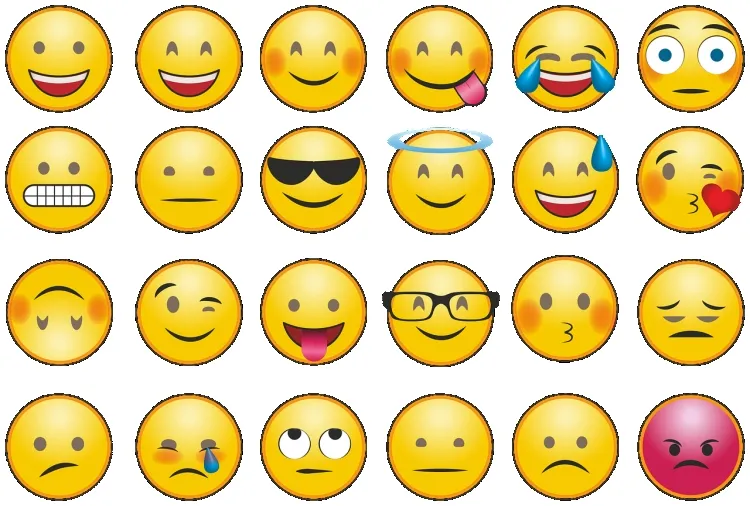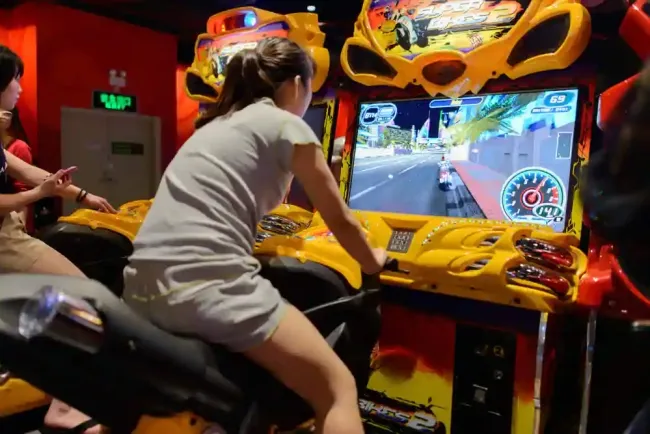Emojis: The Visual Language of the Digital Age...!!!
Emojis have become an essential part of digital communication, transcending language barriers and adding emotional depth to our messages. Whether used to express joy, convey love, or celebrate achievements, emojis enrich our interactions and make conversations more engaging and relatable.

Emojis have seamlessly woven themselves into the fabric of modern communication, bridging language divides and infusing digital interactions with emotion and nuance. These small pictograms are found in text messages, social media posts, emails, and beyond, enhancing our online expressions.
The History and Evolution of Emojis
The origin of emojis traces back to Japan in the late 1990s. Shigetaka Kurita, a designer at the Japanese telecommunications company NTT DoCoMo, created the first set of 176 emojis in 1999. These initial emojis were simple, 12x12-pixel images meant to convey emotions, weather conditions, and everyday activities. Kurita drew inspiration from manga, Chinese characters, and street signs for this innovation.
With the proliferation of mobile phones and the internet, emojis gained widespread popularity. In 2010, the Unicode Consortium, which standardizes text characters across various devices and platforms, incorporated emojis into the Unicode Standard. This decision ensured consistent display of emojis across different operating systems and devices, paving the way for their global adoption.
Types of Emojis
Emojis can be grouped into several categories based on their themes and uses. Key categories include:
-
Smileys and People: These emojis represent facial expressions, emotions, and human activities, such as happy faces, sad faces, thumbs-up, and clapping hands.
-
Animals and Nature: This category features emojis of animals, plants, and natural elements like the sun, moon, and stars.
-
Food and Drink: Emojis here depict various foods and beverages, including fruits, vegetables, desserts, and drinks.
-
Travel and Places: These emojis illustrate modes of transportation, landmarks, and geographic locations.
-
Objects: This category includes emojis representing everyday objects like clothing, tools, and electronic devices.
-
Symbols: Emojis in this group include hearts, stars, arrows, and other abstract symbols.
-
Flags: This category showcases the flags of countries and regions worldwide.
![]()
Usage of Emojis
Emojis serve multiple purposes in digital communication. Common uses include:
-
Expressing Emotions: Emojis help convey feelings and emotions that might be challenging to express through text alone. For example, a smiling face signifies happiness, while a crying face indicates sadness.
-
Adding Context: Emojis provide context to a message, making it easier for the recipient to grasp the tone and intent. A thumbs-up emoji, for instance, can signify approval or agreement.
-
Enhancing Creativity: Emojis add a creative dimension to digital communication. Users can combine multiple emojis to create visual stories, jokes, and artistic expressions.
-
Breaking Language Barriers: Emojis are universally recognized symbols, making them effective tools for communication across different languages and cultures.
-
Engaging in Social Media: Emojis are widely used on social media platforms to engage with content, convey reactions, and participate in trends and challenges.
Cultural Significance of Emojis
Emojis have evolved into a cultural phenomenon, shaping how people communicate and interact online. They have been embraced by individuals, brands, and organizations for their ability to quickly and effectively convey messages. Emojis frequently feature in marketing campaigns, advertisements, and promotional materials, enhancing brand messaging and connecting with audiences.
The cultural significance of emojis is further highlighted by their recognition and inclusion in various societal aspects. In 2015, the Oxford English Dictionary named the "Face with Tears of Joy" emoji (
What's Your Reaction?

















